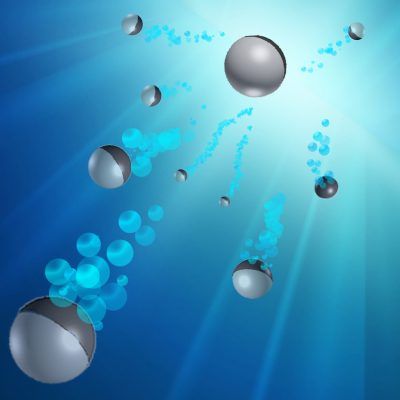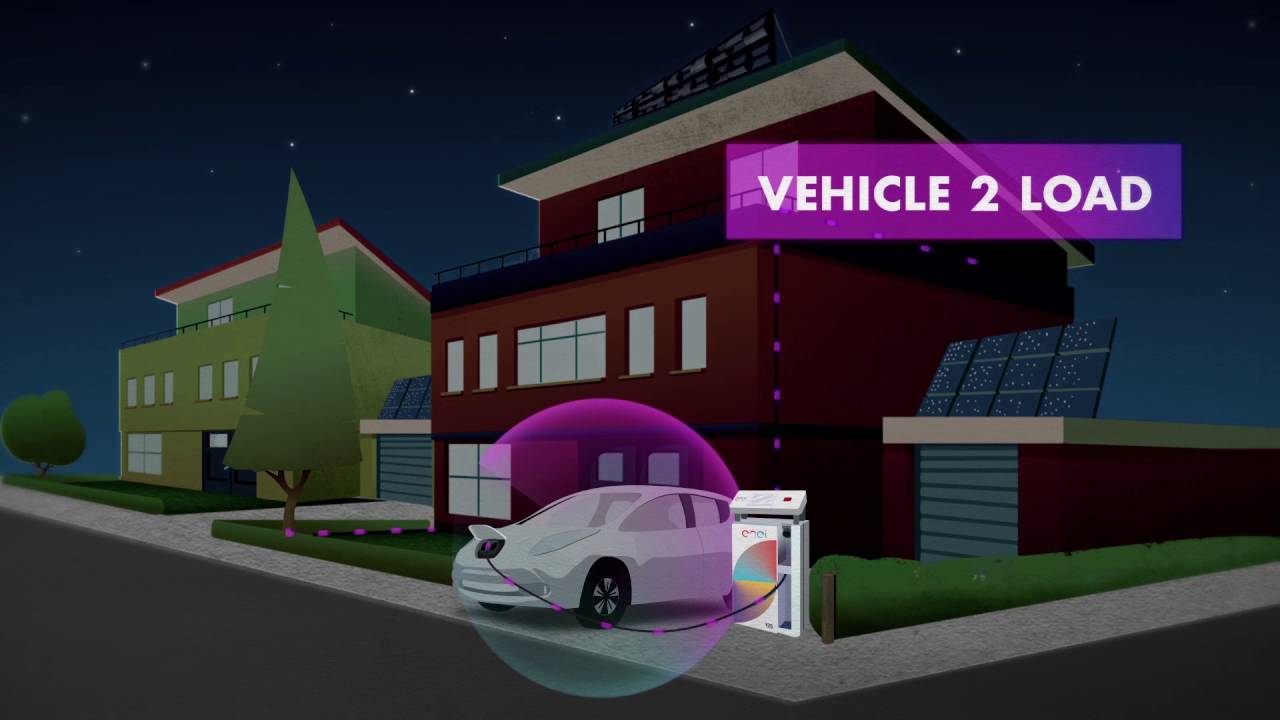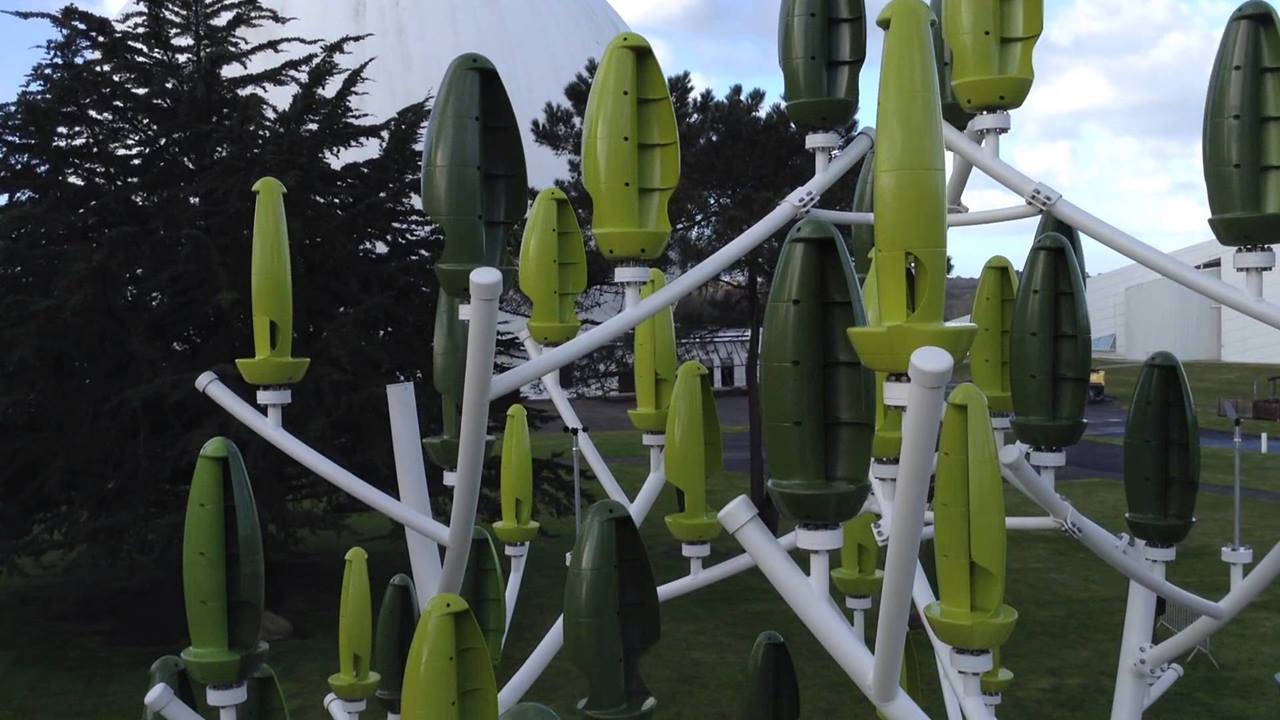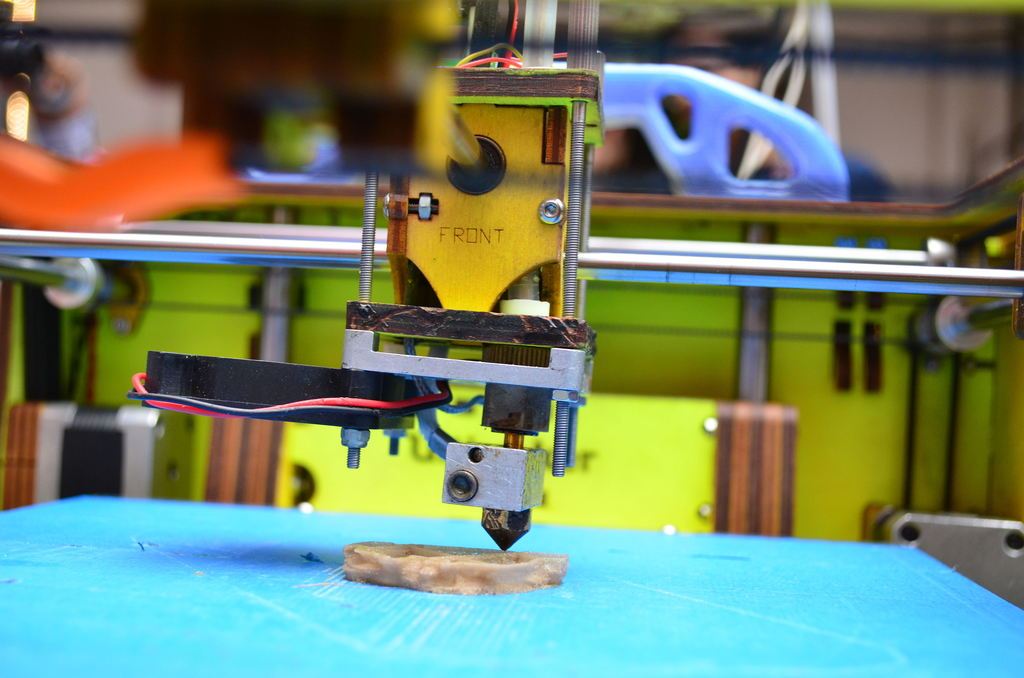Oct 1, 2016
This device pulls clean drinking water out of thin air
Posted by Shane Hinshaw in categories: education, sustainability
When kids learn about the planet’s water cycle, they’re taught a simple concept: our atmosphere is filled with water vapour that has evaporated from the bodies of liquid water we see around us. When the vapour’s temperature gets low enough, it gets turned back into water.
The presence of that vapour becomes especially apparent in the summer when droplets collect on glasses of ice water and air conditioning units drip onto unsuspecting passersby.
An Israeli company called Water-Gen does not think of that condensation as a byproduct; instead, it has built machines specifically designed to create and harvest as much condensation as possible.
Continue reading “This device pulls clean drinking water out of thin air” »

















